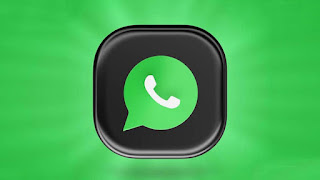Bruce Lee's death has been a matter of interest for many years as Lee died under mysterious circumstances.
 |
| A statue of Bruce Lee in Hong Kong. |
Bruce Lee was one of the most celebrated martial artists and actors, who sadly died at a young age of 32 in July 1973. Lee, whose famous quote reads "Be water, my friend," may have died from drinking too much water, a new study claims.
The actor's death has been a matter of interest for many years as Lee died under mysterious circumstances. However, almost 50 years later, the scientists have now reviewed the evidence in Lee's death and concluded that the actor most likely died from hyponatremia.
The autopsy report at the time of the actor's death in 1973 had shown that Lee had been killed from cerebral oedema, in simple words: brain swelling. The doctor had said the swelling of the brain had occurred after consuming a painkiller.
However, the new study now suggests that the oedema was brought on by hyponatraemia. In the study, published in the Clinical Kidney Journal, a group of researchers said that the martial artist died suddenly at a young age because his kidneys were unable to eliminate extra water.
Hyponatremia is when the sodium level in blood, which people need for fluid balance, is abnormally low.
"Hypersensitivity to the components of Equagesic (aspirin and meprobamate) was identified as the official cause of death," the study said.
However, the actor had previously taken the drug and on the day of his death, Lee had consumed the pill only "after" he felt uneasy and was showing symptoms that may be explained by cerebral oedema.
As per the study, Lee had suffered an episode of cerebral oedema two months before his death when he was in Hong Kong for a dubbing session.
The actor was taken to Baptist Hospital where cerebral oedema was diagnosed and Lee was then treated with mannitol.
The study claimed Bruce had multiple risk factors for hyponatremia, including drinking high quantities of liquid and using cannabis, which increases thirst. The imbalance causes cells in the body to swell, including those in the brain.
Bruce's death has been surrounded by conspiracy theories for decades that include that he may have been assassinated by Chinese gangsters, poisoned by a jealous lover or was the victim of a curse.
Lee's wife Linda, 77, revealed that the 'Enter The Dragon' star was on a fluid-based diet of carrot and apple juice during the time he passed away suddenly. Meanwhile, Matthew Polly, who wrote the 2018 biography 'Bruce Lee, A Life' referred to Bruce's repeated water intake on the evening of his death. Bruce has been reported to have frequently used cannabis and in one letter described himself as "stoned as hell."
The study concluded that Lee died from a specific form of kidney dysfunction: the inability to excrete enough water to maintain water homeostasis, which is mainly a tubular function. This may lead to hyponatremia, cerebral oedema and death within hours if excess water intake is not matched by water excretion in urine, which is in line with the timeline of Lee’s demise.



